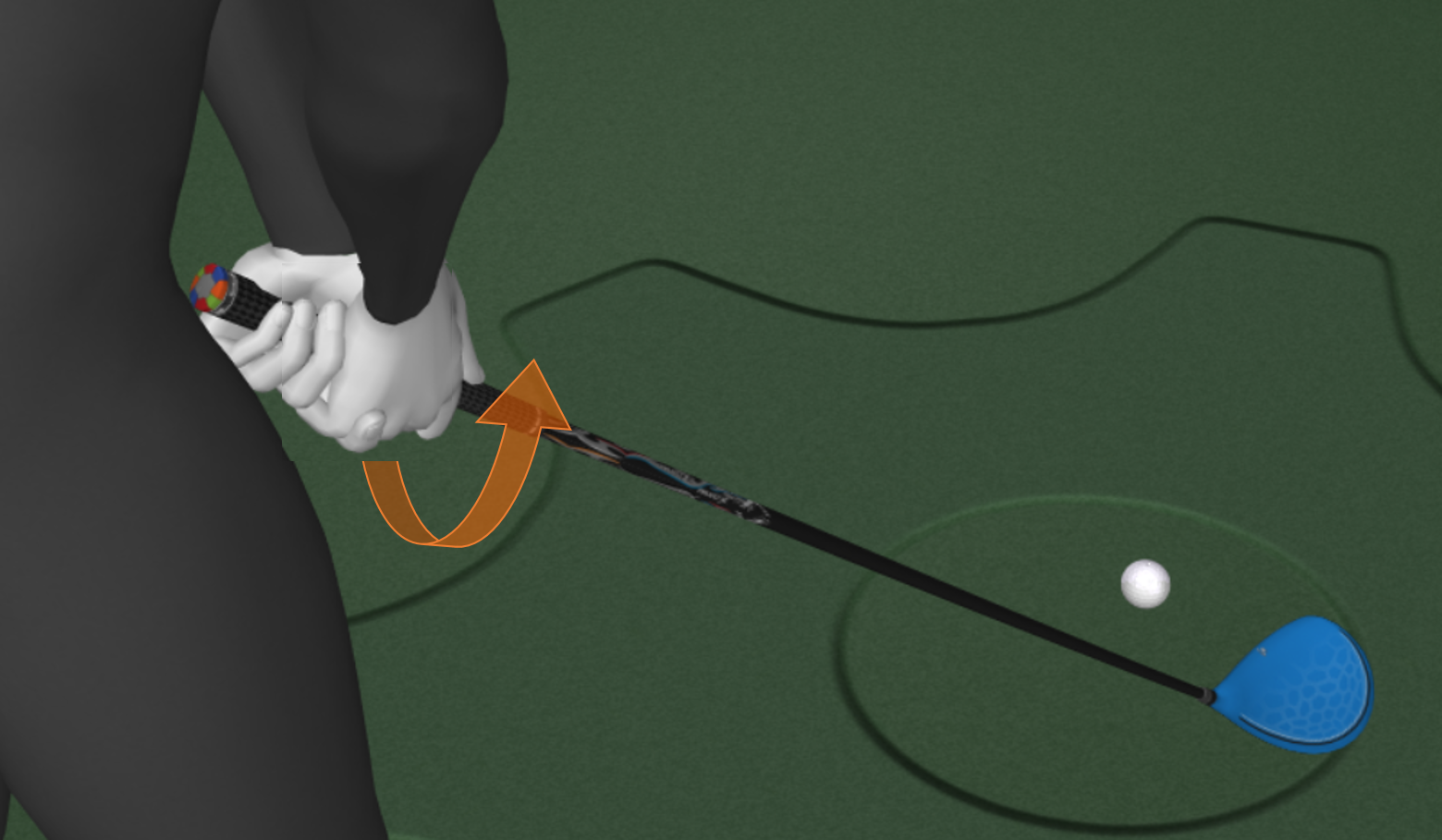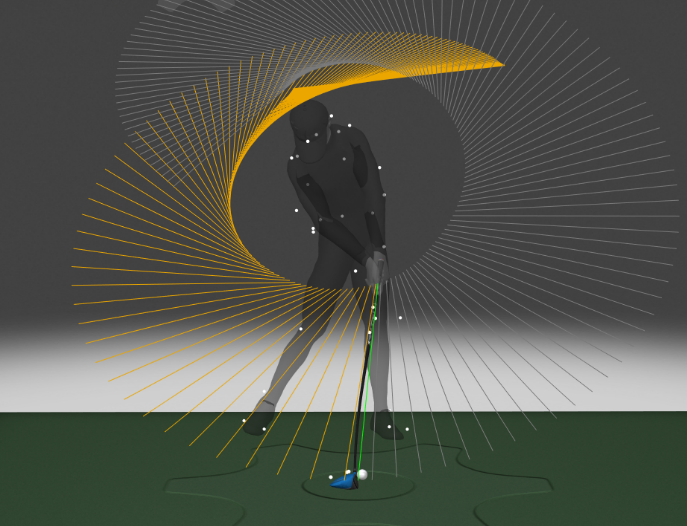Are low deflection shafts the key to unlocking your full potential on the pool table? The answer, surprisingly, is not a simple yes or no; the world of low deflection shafts is far more nuanced than meets the eye, a realm where performance hinges on understanding the subtle interplay of physics, personal preference, and the ever-evolving technology of cue construction.
Low deflection shafts, often lauded for their ability to minimize cue ball "squirt" the sideways deviation of the cue ball upon impact have become a cornerstone of modern pool. These shafts are engineered with unique construction techniques, frequently employing special lamination methods. This is done to enhance durability. Their construction inherently reduces the likelihood of bending over time. One of the significant advantages of these shafts is the ease with which players can switch between different low deflection (LD) shafts, providing flexibility to adapt to various playing conditions.
| Low Deflection Shafts: A Deep Dive | |
|---|---|
| Concept | Shafts designed to reduce cue ball deflection, improving accuracy. |
| Key Features |
|
| Construction | Often utilizes special lamination techniques, aerospace-grade carbon fiber composite, or other advanced materials. |
| Benefits |
|
| Drawbacks/Considerations |
|
| Manufacturers | Predator, Mezz, OB Cues, Cuetec, Katana, Lucasi, Revo, and others. |
| Tip Diameter | Generally smaller tip diameters (e.g., 11.5mm) on some LD shafts. |
| Materials | Carbon fiber, maple, and composite. |
| Joint Types | Vary depending on the cue's design (e.g., Uni-Loc). |
| Reference | PoolDawg |
The claims are bold, especially when considering the variety of options on the market. Some shafts, particularly those made with aerospace-grade carbon fiber composite, are marketed as the "ultimate" in low deflection technology, promising the most accurate shots at both high and low speeds, and boasting unparalleled durability. However, the question of "better," "worse," or "similar" often boils down to individual preference, a testament to the subjective nature of feel and performance in the game of pool. Consider the debate around the Revo shafts as one example.
The core principle behind low deflection lies in the ability to maintain a more consistent aiming point, regardless of the amount of sidespin applied to the cue ball. This is a distinct departure from standard shafts, which inherently require players to factor in the deflection, and adjust their aim accordingly. The degree of deflection, even among LD shafts, can vary significantly. It depends on the specific design of the shaft and the intensity of the spin applied.
For instance, diagrams illustrating a full hit on an object ball six feet away, with 50% of maximum sidespin applied, serve to highlight the differences in cue ball behavior. Aiming directly at the target ball is the goal. Low deflection shafts aim to make that goal a reality.
The construction, in the context of this topic, is significant. The absence of a bore in the center, as found in some other LD shafts, or the utilization of 10-piece radial construction, as seen in some of the Katana models, are crucial design considerations aimed at achieving optimal low deflection. The smaller tip diameter, as seen in the Katana Katana shafts, also plays a role in reducing the end mass. These design choices are not simply aesthetic; they directly influence the shaft's performance.
- Helena Vestergaard Age A Comprehensive Look At Her Youthful Radiance
- The Unstoppable Duo Michael Jordans Identical Twins
Dave's writings on low deflection (squirt) shafts provide valuable insight. The fundamental idea is that low deflection shafts do deflect (bend) more than regular shafts upon impact, even if this deflection is designed to minimize the squirt effect. The differences are often very noticeable, with one shaft deflecting considerably less than others. The impact is significant in game performance, and how the player will shoot.
The notion that the choice between a low deflection shaft and a standard one is an either/or proposition is a mischaracterization of the complexities of the game. It is not inherently limiting. The effectiveness of any shaft depends on a player's grasp of fundamentals and the ability to adapt. Those just beginning to navigate the nuances of the game, such as the choice between carbon fiber and wood shafts, should focus on perfecting their fundamental skills.
The advantages of low deflection shafts are most apparent when it comes to minimizing cue ball deflection. The benefit extends to the player's skill and their capacity to aim. The advent of low deflection shafts is a relatively recent development, as a result many pool players today learned on standard shaft cues, while others learned on low deflection (LD) shaft cues. This has given rise to two distinct schools of thought. LD players swear by their cues, while standard shaft players champion their own methods. It is hard to decide who to listen to.
The feel of the shaft is another component to consider, with some players describing the need for a more "whippy" feel to be successful with their shots. This, however, is a subjective matter. The weight distribution plays a crucial role in how the shaft deflects the cue ball. The first 8 or so inches are hollowed out and frequently filled with foam.
The concept of torque is relevant here. Low deflection shafts typically exhibit lower torque, leading to less twisting during the swing. This characteristic translates into enhanced shot accuracy and control. The greater torque found in regular shafts, however, can give those who need that extra power boost the edge.
The debate is not without its complexities. The argument could be made that you will get way better feedback and feel from a high-quality solid maple shaft than any low deflection shaft. The fact that top players have different preferences when it comes to shaft selection underscores the highly personalized nature of the game. Neither option, when executed with skill, is inherently a detriment.
The reality is that all shafts, including low deflection ones, deflect to a certain degree. One of the key advantages of a low deflection shaft is in those instances where you're shooting long straight in shots where your on the line of aim but you hit the cue ball cockeyed a little. The amount of deflection affects this shot significantly. The result of the shaft impacts the result of the shot. In a very specific scenario, the deflection of the shaft at that point can make all the difference.
The subtleties of the joint type (such as Lucasi's use of the Uni-Loc joint) and the fit of the shaft with the cue can also come into play. It's important to try a shaft out before committing to a purchase, or at least ensure a solid return policy.
In the realm of pool cues, as in life, individual preferences reign supreme. The choice is not always about what's "better," but rather what feels right to the individual player. If low deflection shafts were inherently superior, it would be clearly visible at the top of the competitive ranks. While this is a viable option, the truth of the matter is, top players have been and continue to be successful with a wide variety of shaft types.



Detail Author:
- Name : Elyssa Balistreri DDS
- Username : znader
- Email : eprice@vonrueden.biz
- Birthdate : 1972-01-09
- Address : 407 Schmitt Rest Suite 349 Edenmouth, DC 89264
- Phone : 213-408-6927
- Company : Morissette, Kutch and Ruecker
- Job : Mixing and Blending Machine Operator
- Bio : Sint nisi qui iusto cum autem. Placeat voluptate dolorem saepe quia sit.
Socials
instagram:
- url : https://instagram.com/eberta
- username : eberta
- bio : Error suscipit sed accusantium ducimus. Animi earum id iste eos. Est quam sapiente aut ipsam.
- followers : 2646
- following : 726
tiktok:
- url : https://tiktok.com/@antonietta_ebert
- username : antonietta_ebert
- bio : Eos aut libero natus facilis sit et. Non consectetur molestias unde dolores.
- followers : 1502
- following : 2876